Effective Use of Technology
Created by Soňa Vojíková ml.

Student's Privacy and Safety
Protect information about students, their families, and schools.
Laws:
- the Family Educational Rights and Privacy Act (FERPA)
- the Children's Online Privacy Protection Act (COPPA)
Plagiarism
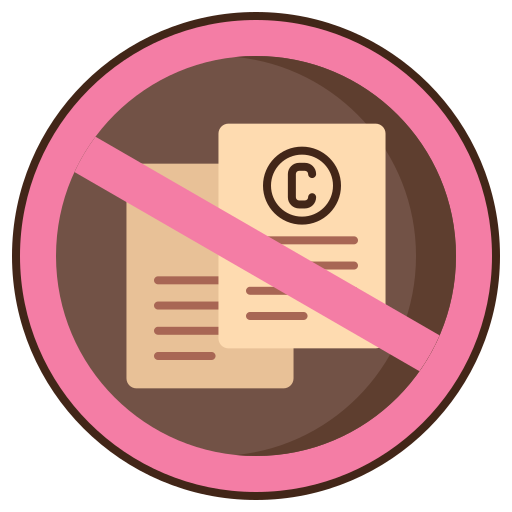
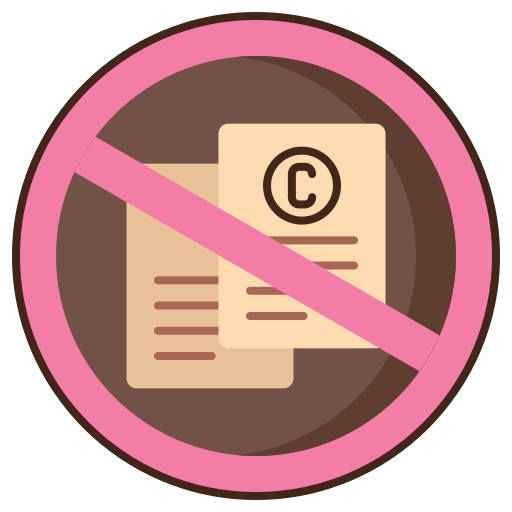
Privacy

Misinformation and disinformation
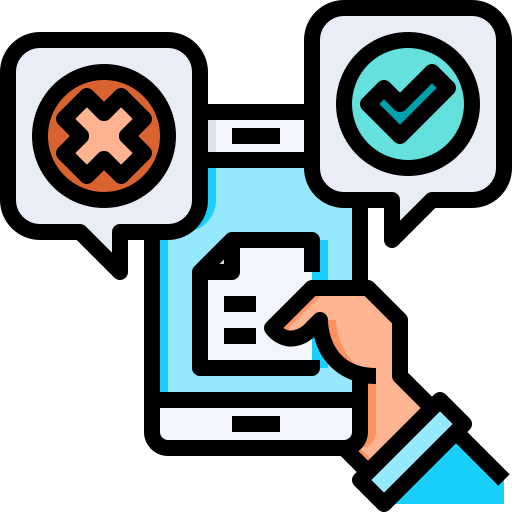
Mental health

Balancing online and offline activities

Digital Citizenship
Helping to understand the ethical use of technology and the responsibilities.
No Distraction
Avoid using tools that cause distraction.
Learning objectives
Choose technology based on clear learning objectives.
Effective Use of Technology
Selecting the Right Tools
Student-Driven learning
Move from teacher-led to student driven learning.
Engagement
Make sure tools are user-friendly and engaging.
Monitoring
- PDSA Model: Plan-Do-Study-Act
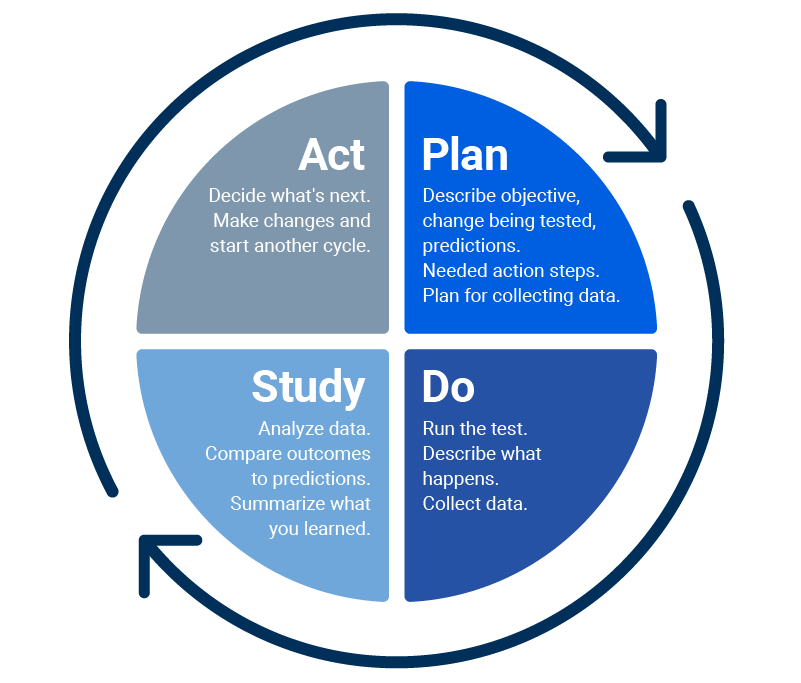
- Pilot Apps: Test before fully implement.
Educators & Teachers

Real world aplicatinons
- Engage students in a global digital community.
- Transform educational experience across subjecs.
Balanced Features
Manage engagement features to prevent compulsive behavior.
Student-Centred Learning
Allign tools that promotes:
- collaboration
- critical thinking
- creativity
Support
SAMR Model
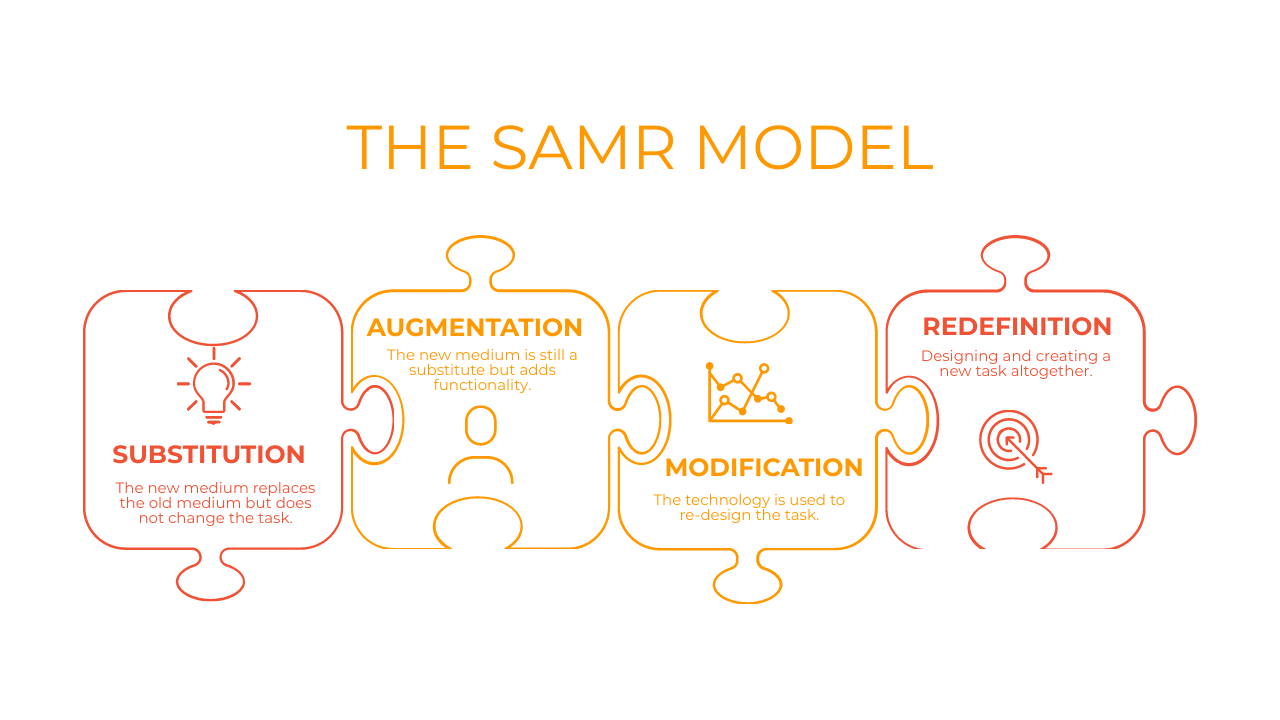
Active Participation
Encourage active participation over passive consumption.
Professional Development
- Courses
- Trainings
- Education
1. Substitution
Technology replaces traditional methods - with no functional improvement.
Flipped Classroom
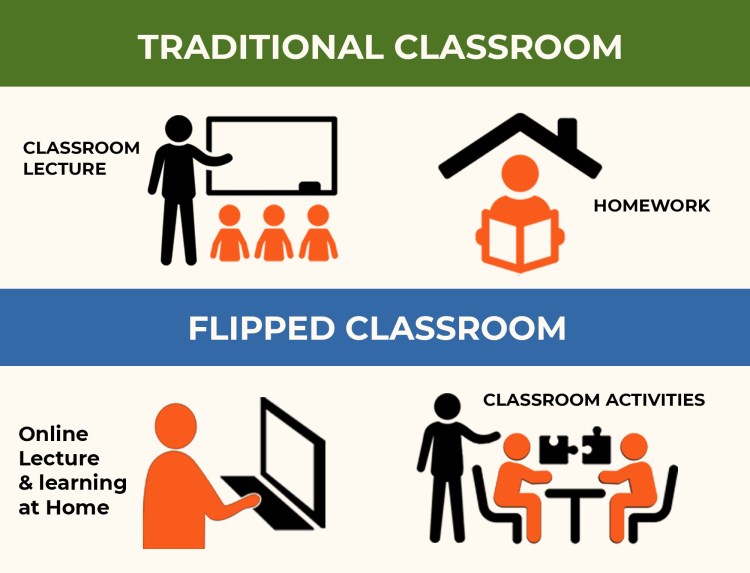
2. Augmentation
Technology enhances traditional mehods - with functional improvement.
Educational Reform
- Redefine learning
- Add modern methods
- Foster skills relevant to the digital age
3. Modification
Technology significantly redesigns tasks.
4. Redefinition
Technology enables new learning experiences